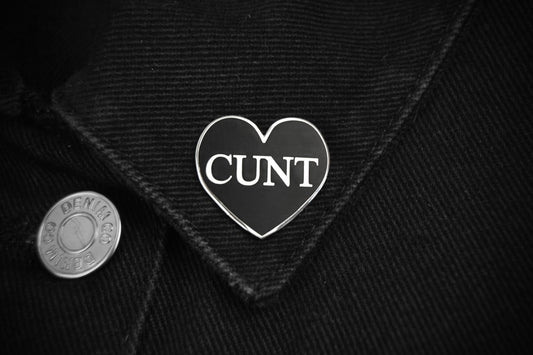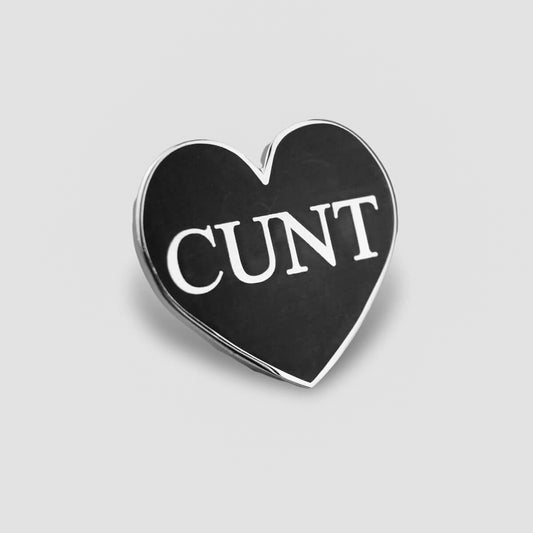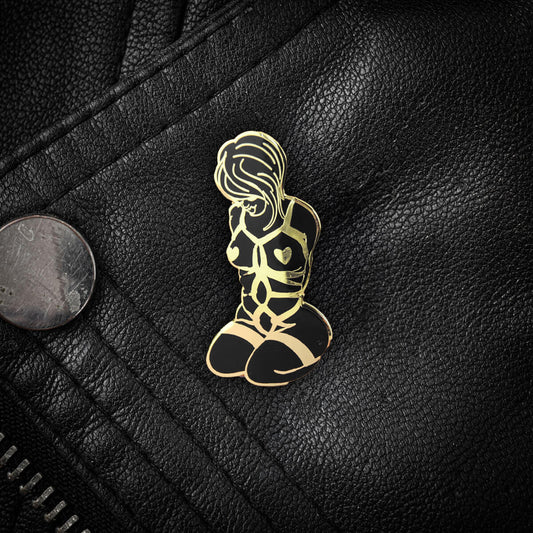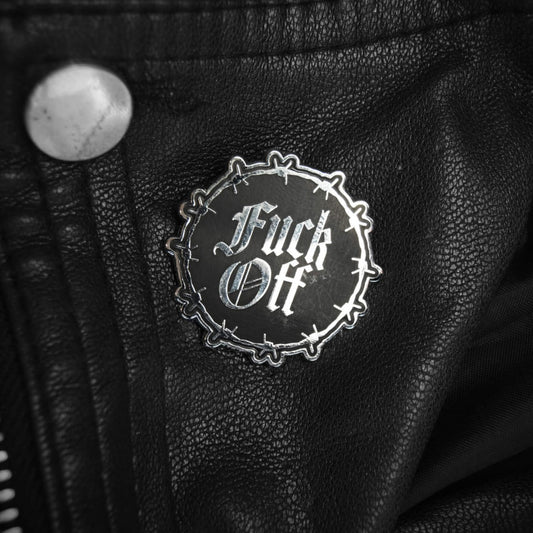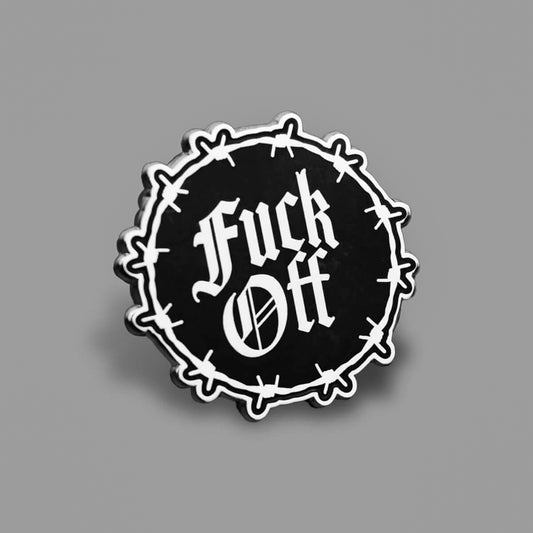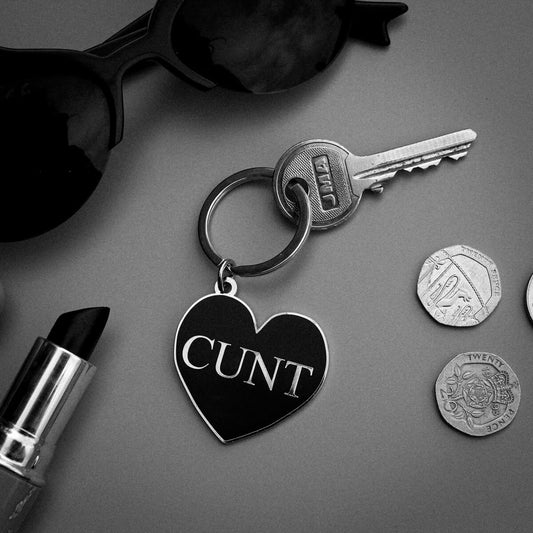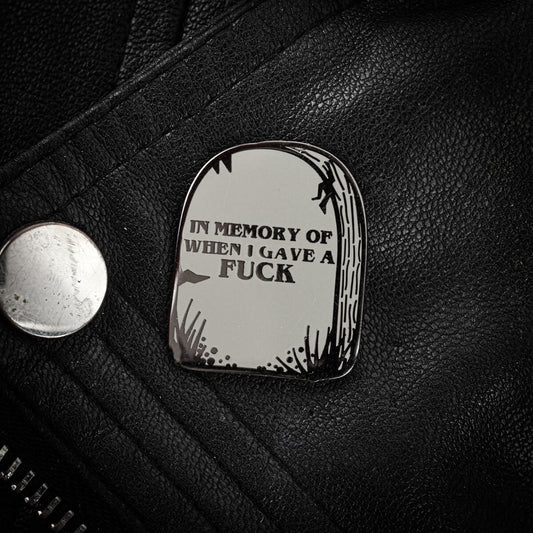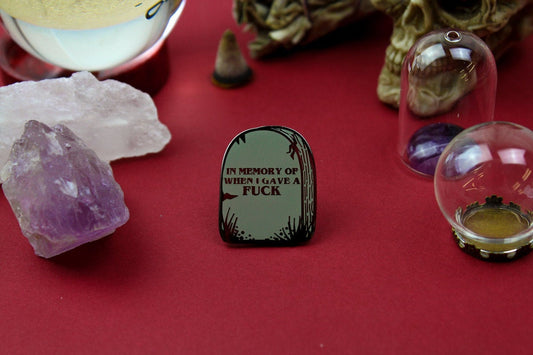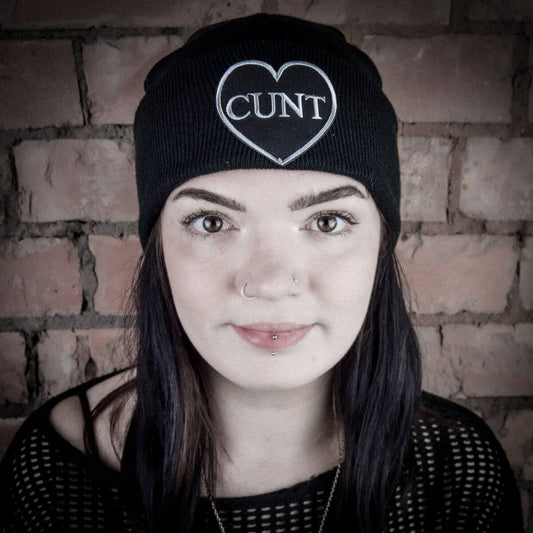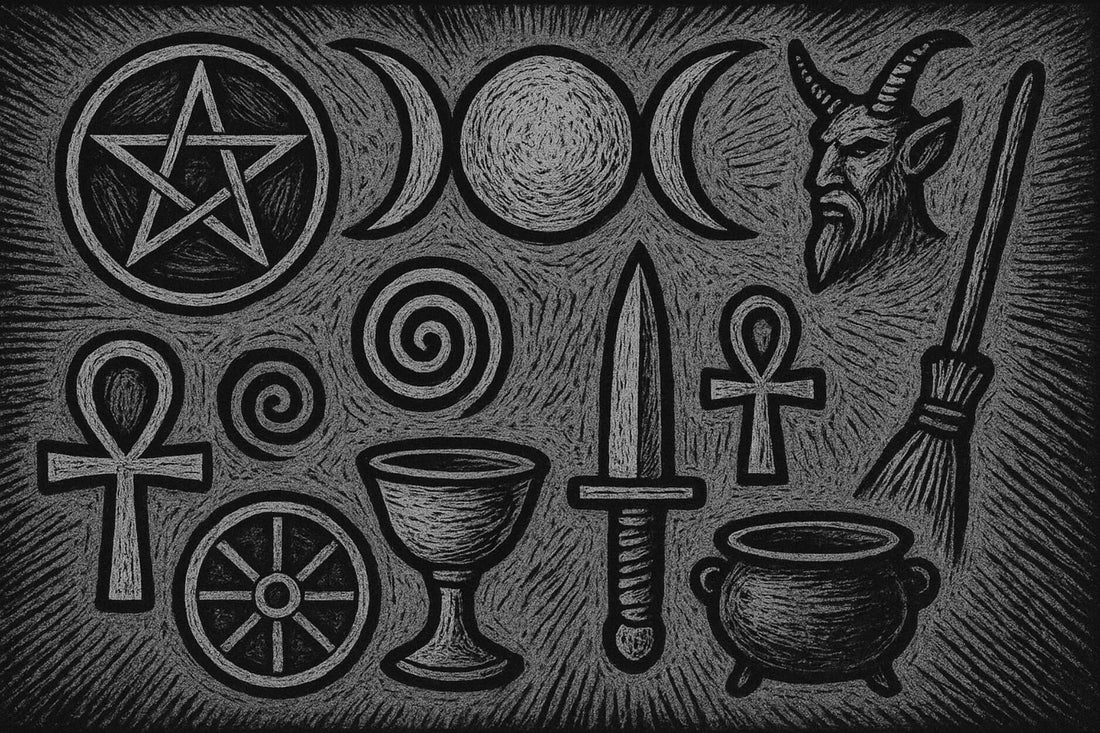
What are some common symbols in Wicca?
Share
Wicca is a religion built on ritual, myth, and connection with the natural world. One of the most striking aspects of its practice is the use of symbols. These signs are not decorative flourishes but powerful tools that carry meaning, focus intention, and link practitioners to deeper currents of spirituality.
Some of these symbols come from ancient Pagan traditions, while others were introduced or reinterpreted in the 20th century as Wicca was shaped into its modern form. They are shared across covens, solitary practices, and popular Pagan culture, making them instantly recognisable. But their significance runs deeper than surface imagery.
This article explores the most common Wiccan symbols, their meanings, and their role in practice.

The Pentacle
The pentacle is perhaps the most iconic symbol of Wicca. It consists of a five-pointed star enclosed within a circle. Each point of the star corresponds to one of the five elements:
- Earth (stability, body, fertility)
- Air (thought, breath, inspiration)
- Fire (energy, transformation, passion)
- Water (emotion, healing, intuition)
- Spirit (the unifying principle binding the others)
The circle around the star represents wholeness, unity, and the cycles of life. It also symbolises protection, holding the elements in balance.
In ritual, pentacles may be drawn in the air, engraved on altar tools, or worn as jewellery. For many Wiccans, the pentacle functions as both a shield and a reminder: it protects against harmful energies and calls the practitioner back to balance with the natural world.
The pentacle has been misunderstood outside Pagan circles, often conflated with the inverted pentagram used in occult traditions unrelated to Wicca. For Wiccans, however, it is a sacred emblem of harmony.

The Triple Moon
The Triple Moon symbol shows three lunar phases side by side: waxing crescent, full moon, and waning crescent. It is a representation of the Goddess in her threefold form:
-
Maiden (waxing): youth, new beginnings, curiosity, and potential.
-
Mother (full): fertility, growth, creativity, and nurturing.
-
Crone (waning): wisdom, endings, death, and transformation.
The Triple Moon reflects cycles of nature, human life, and spiritual development. It often appears on ritual tools such as chalices, cauldrons, and jewellery.
For many Wiccans, the symbol is a direct connection to the Goddess, especially in her lunar aspect. It reinforces the idea that the divine feminine is not static but dynamic, moving through phases of growth, fullness, and decline.

The Horned God
Where the Triple Moon represents the Goddess, the Horned God symbolises her counterpart. He is often depicted with antlers or horns, sometimes in the form of a stag, ram, or goat. These animal features signify fertility, wildness, and the raw vitality of nature.
The Horned God is linked to the Sun, the hunt, and the cycles of life and death. In myth, he dies at harvest time and is reborn at Yule, reflecting the seasonal ebb and flow. His horns are not signs of evil, as popular culture sometimes portrays, but of strength, animal energy, and connection to the land.
In ritual, images of the Horned God may appear on altars, in artwork, or in masks worn by celebrants. He embodies male energy in balance with the Goddess, representing not domination but partnership.

The Ankh and Other Crosses
Wiccans sometimes incorporate symbols from other traditions. The Ankh, an Egyptian symbol shaped like a cross with a loop at the top, is one such example. It stands for life, immortality, and rebirth. For Wiccans, it resonates with themes of continuity and the eternal cycles of existence.
Other cross-like symbols include the Celtic Cross and the Solar Cross. The Celtic Cross combines the Christian cross with a circle, but in Pagan contexts it is often used to highlight the fusion of earth and spirit. The Solar Cross, a simple equal-armed cross within a circle, represents the Sun, the four seasons, and the Wheel of the Year.
These symbols remind practitioners that Wicca, while modern, draws on a wide range of cultural and historical sources.

The Spiral
The spiral is one of the oldest human symbols, found in prehistoric art across Europe. In Wicca, it represents growth, cycles, and the inward–outward flow of energy. To walk a spiral is to move inward toward the centre of the self and outward again into the world.
Spirals appear in ritual dances, meditations, and visual motifs. They are associated with life cycles, the movement of galaxies, and the patterns of nature, such as shells and whirlpools. The spiral’s power lies in its simplicity, embodying the flow of life without beginning or end.

The Athame
The athame is a ritual dagger, usually with a black handle. It is not a weapon in the physical sense but a tool of symbolic power. Traditionally, it represents the element of Fire (though some traditions assign it to Air). It embodies will, energy, and direction.
In ritual, the athame is used to cast the circle, direct energy, and invoke deities or spirits. It is never used for cutting in a literal sense; instead, it channels intention.
The athame often works in partnership with the chalice, representing the masculine principle, while the chalice embodies the feminine. Their symbolic union during ritual represents fertility, creation, and balance.

The Chalice
The chalice is a ritual cup, usually made of silver, glass, or ceramic. It symbolises the womb of the Goddess and the element of Water. It represents intuition, compassion, and emotional depth.
In ritual, the chalice is used to hold water, wine, or other offerings. It may also be paired with the athame in symbolic union, representing the generative power of divine balance.
The chalice is not merely a vessel but a reminder of receptivity and spiritual nourishment. Its presence on the altar affirms the role of the Goddess and the sacredness of water as a life-giving element.

The Broom (Besom)
The broom, or besom, is a symbol strongly associated with witches in folklore. In Wicca, it has both symbolic and practical functions. It represents cleansing, protection, and the union of masculine (handle) and feminine (bristles) energies.
Before rituals, the broom may be used to sweep the space - not physically removing dirt but clearing away negative energies. In handfasting ceremonies, couples may leap over a broom to symbolise entering a new stage of life together.
The besom ties Wicca to folk traditions of witchcraft while carrying forward themes of purification and transformation.

The Cauldron
The cauldron is another powerful feminine symbol. It represents the womb, transformation, rebirth, and the mysteries of death and renewal. Myths of the cauldron appear in Celtic lore, often as vessels of inspiration, endless sustenance, or resurrection.
In Wiccan practice, the cauldron may hold water, fire, or herbs. It can be used for scrying, burning offerings, or mixing potions. On the altar, it is a reminder that all things are born, transformed, and reborn through the cycle of life.

The Wheel of the Year
The Wheel of the Year is both a concept and a symbol. Depicted as a circular wheel divided into eight spokes, it marks the 8 Sabbats: Samhain, Yule, Imbolc, Ostara, Beltane, Litha, Lughnasadh, and Mabon.
Each festival corresponds to seasonal changes and agricultural cycles. The wheel reminds Wiccans that time is not linear but cyclical, moving through birth, growth, death, and renewal.
The symbol appears on altars, ritual tools, and in diagrams used for teaching. It encapsulates one of the most central themes of Wicca: harmony with the cycles of nature.
Conclusion
So, symbols in Wicca are not fixed dogma. They are flexible tools, layered with meanings that can shift depending on tradition and personal practice. Whether carved into tools, worn as jewellery, or drawn during ritual, these symbols bridge the material and spiritual worlds.
The pentacle teaches balance, the Triple Moon honours the Goddess, the Horned God affirms vitality, and the Wheel of the Year binds time into sacred cycles. Together, these symbols form a language through which Wiccans express reverence for life, nature, and the divine.
In the end, Wiccan symbols are living presences, reminders that magic is woven into the patterns of the world around us.
